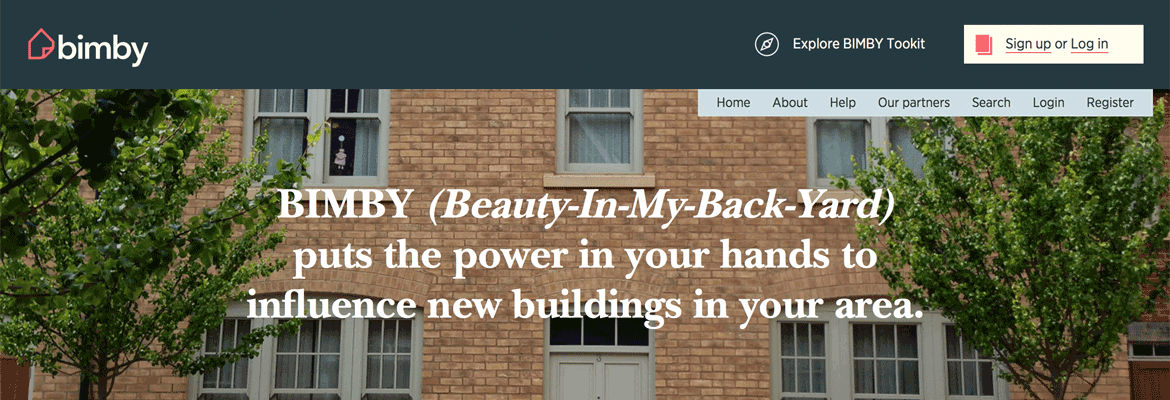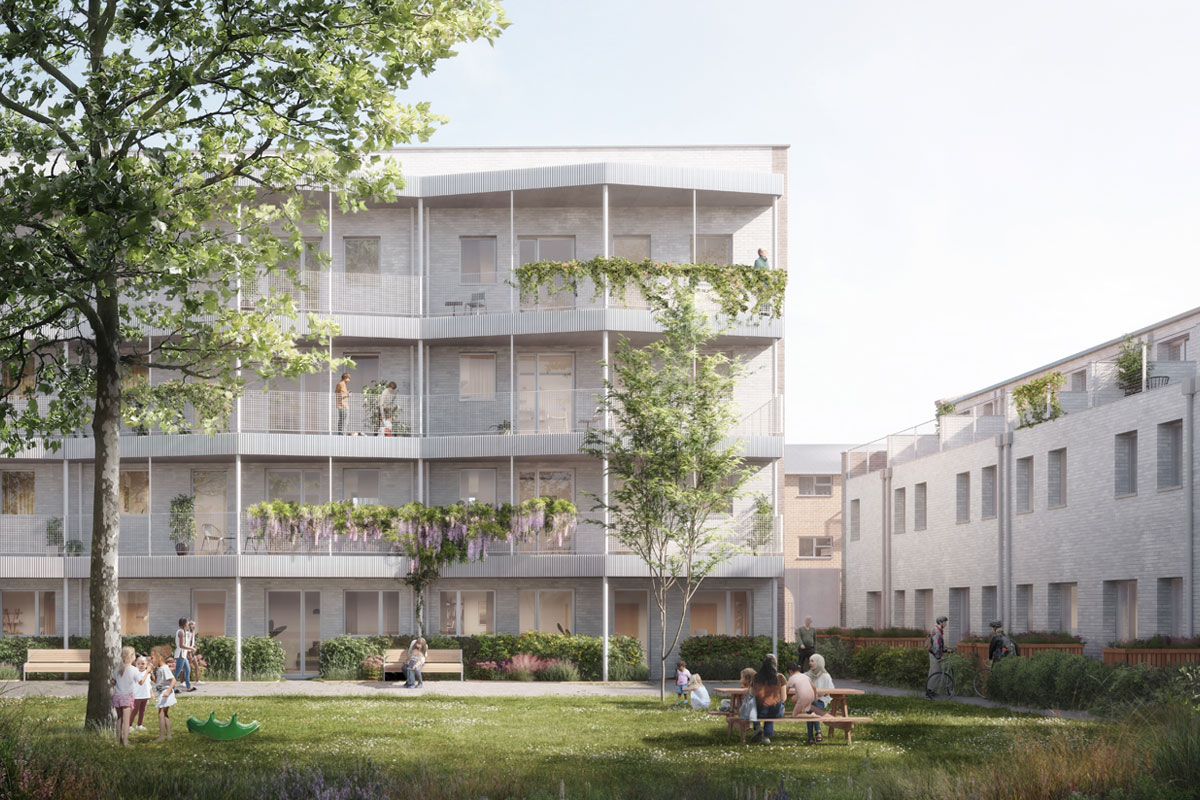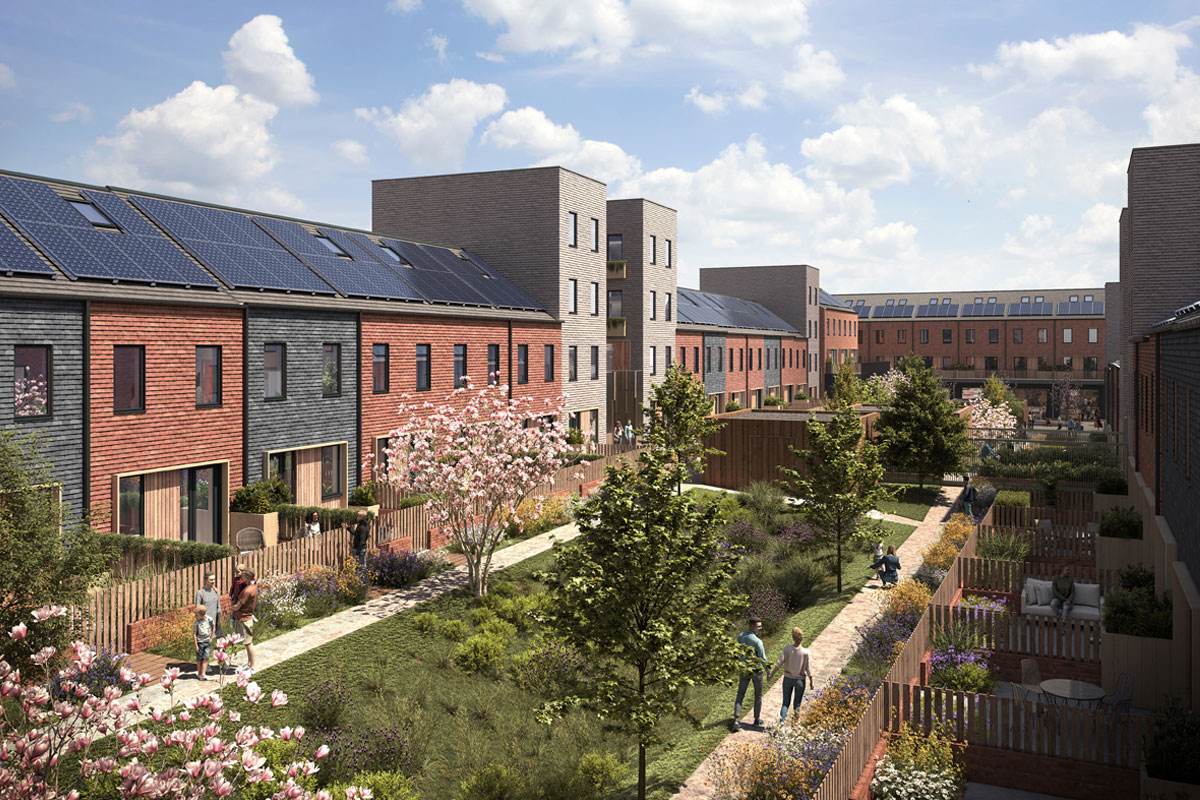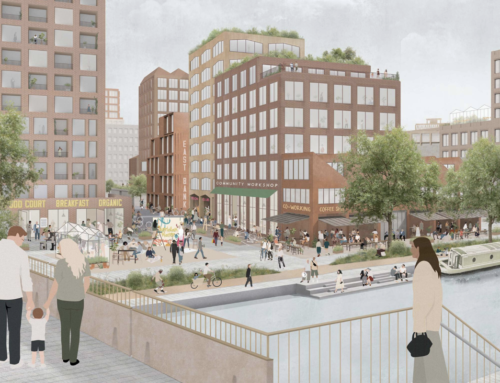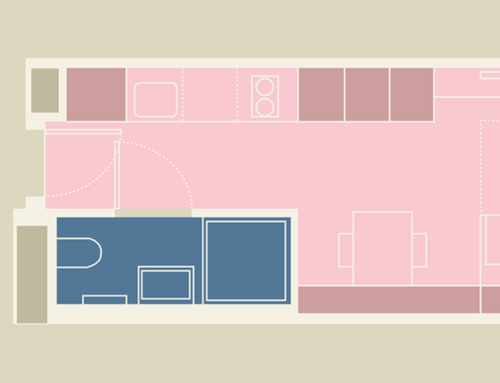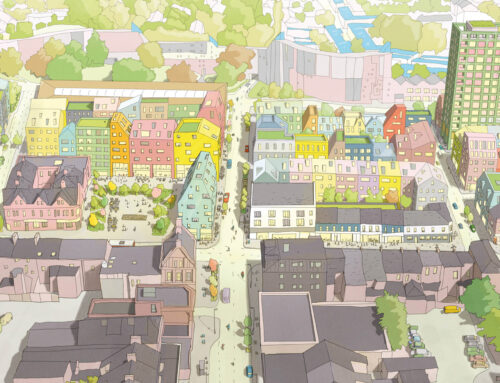15th March 2016
THE BIMBY TOOLKIT – A NEW TOOL FOR COMMUNITY PLANNING.
15th March 2016
THE BIMBY TOOLKIT – A NEW TOOL FOR COMMUNITY PLANNING.
Share
Jonny Anstead takes a look at the BIMBY Toolkit, a new initiative launched by the Prince’s Foundation for Building Community, aiming to help communities get involved in local plan making.
Residential planning and development in the UK is generally characterised by two opposing forces: on one side, well-resourced developers whose model is to deliver homes as quickly, simply and cheaply as as possible (and often with little regard to the wider vitality of the places they build in); and, on the other, local communities who perhaps understandably tend to become entrenched opponents of new homes in their locality.
It’s a vicious, self-reinforcing circle: the greater the prevailing anti-development sentiment, the more developers are likely to shy away from engagement and to revert to business as usual. And the more they do, the the lower the quality of development and the more it is opposed.
And it means that, in many cases, the opportunity to deliver much-needed homes is missed, let alone in the form of neighbourhoods that complement and benefit the places around them.
BIMBY – Beauty in my Back Yard – is an initiative put forward by the Prince’s Foundation for Building Community that seeks to help break this unhappy dynamic. Together with other professional members of the Foundation, campaigners and developers, I was pleased to attend BIMBY’s launch at St James’s Palace late last year.
BIMBY is a set of resources designed to put local planning into the hands of the people who live there. Not by making a plan with which to beat developers away (as sadly seems to be the lunderlying, if unstated, purpose of many neighbourhood plans), but instead ‘to welcome developers into a community’, setting out not only appropriate development locations but also ‘placemaking principles, elevational proportions, materials and standards’. It is therefore pro-development rather than against it – but with the proviso that development improves the area.
The online toolkit provides a user-friendly, step-by-step approach, based around three community workshops. These are designed to be run by anyone, and a big part of the BIMBY pitch is that those running the process do not need any planning or architectural qualification or experience (although there is quite a lot for a non-professional to get their heads around). And to make it a success those running the process need to be able to engage and actively involve a wide range of local people in the process.
The approach leads ultimately to the production of a BIMBY manual, a document that may be adopted as a Neighbourhood Plan or inform Local Plans or other local planning documents. It may also be used – where developers engage in the process – to shape planning proposals directly.
As you’d expect from the Prince’s Foundation, there’s a strong emphasis on traditional urban design approaches . There is a lot to commend an approach which uses such proven principles of layout and design (walkable neighbourhoods, for example) to improve public understanding of the potential of development to improve rather than just grow places.
TOWN is more familiar than most with the complex dialogue between developers, planners and communities. We have been involved in some excellent, developer-led engagement processes (for example, Beeston Park). We’ve been part of Prince’s Foundation teams helping communities to guide development in their area. And we’ve also been involved in projects where our proposals, while well-intended and carefully thought about, have been opposed (and where we could have handled the process of engaging with local people better). In all of these cases, BIMBY could have something positive to offer – from providing a constructive forum for engaging different points of view where the principle of development is controversial, to guiding and adding texture to proposals where the principle of development is accepted.
BIMBY is a welcome contribution to reshaping dialogue around development and we hope to have the chance to work with it in the future.
